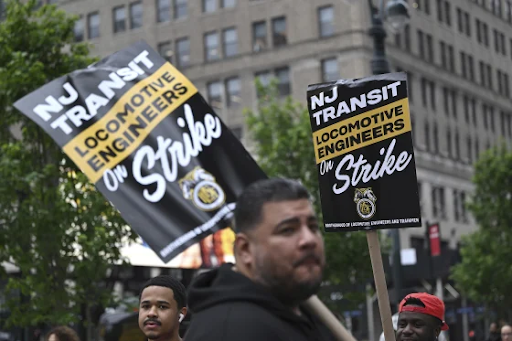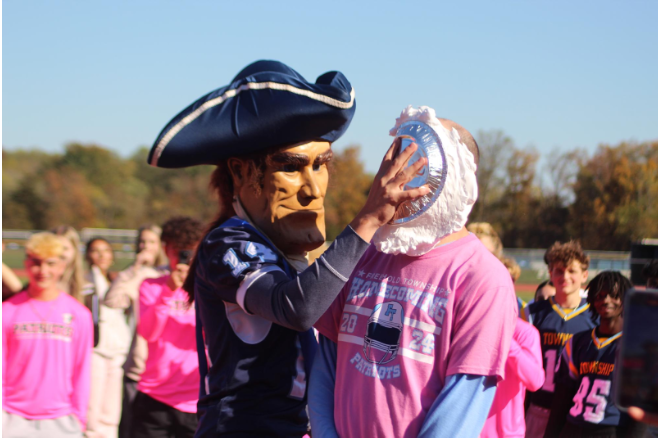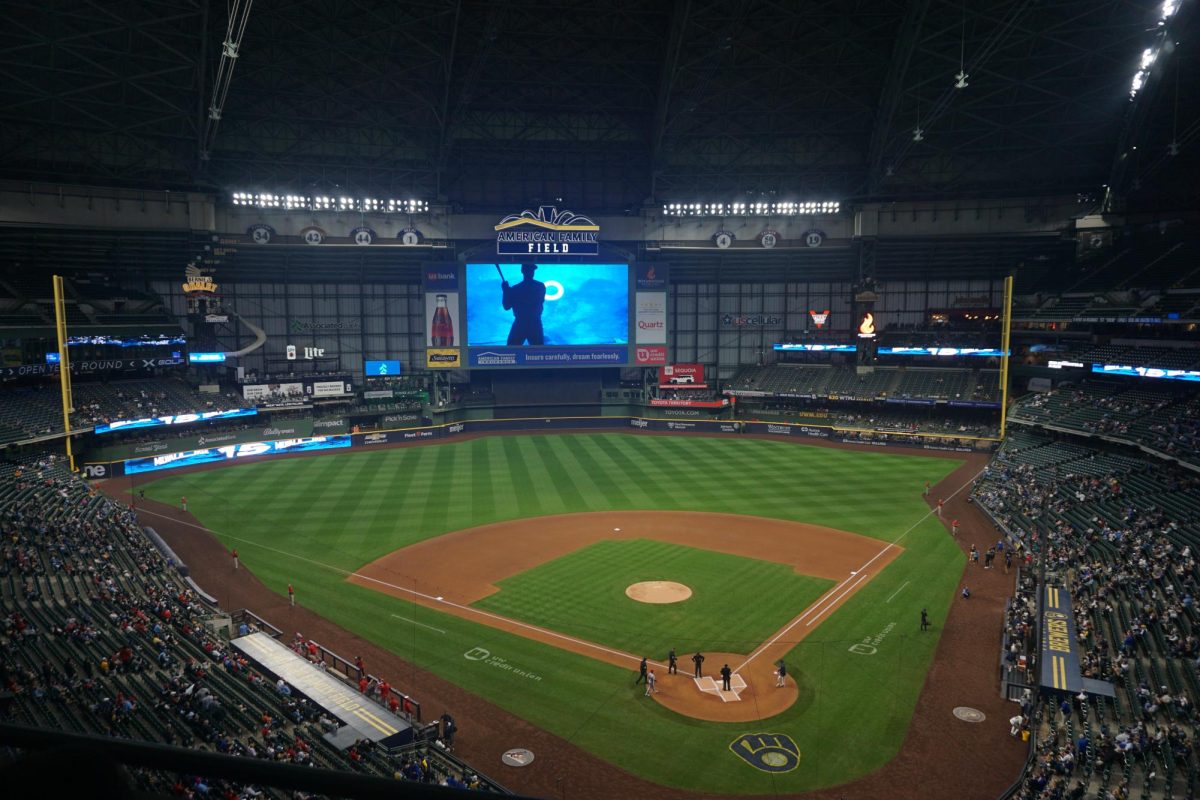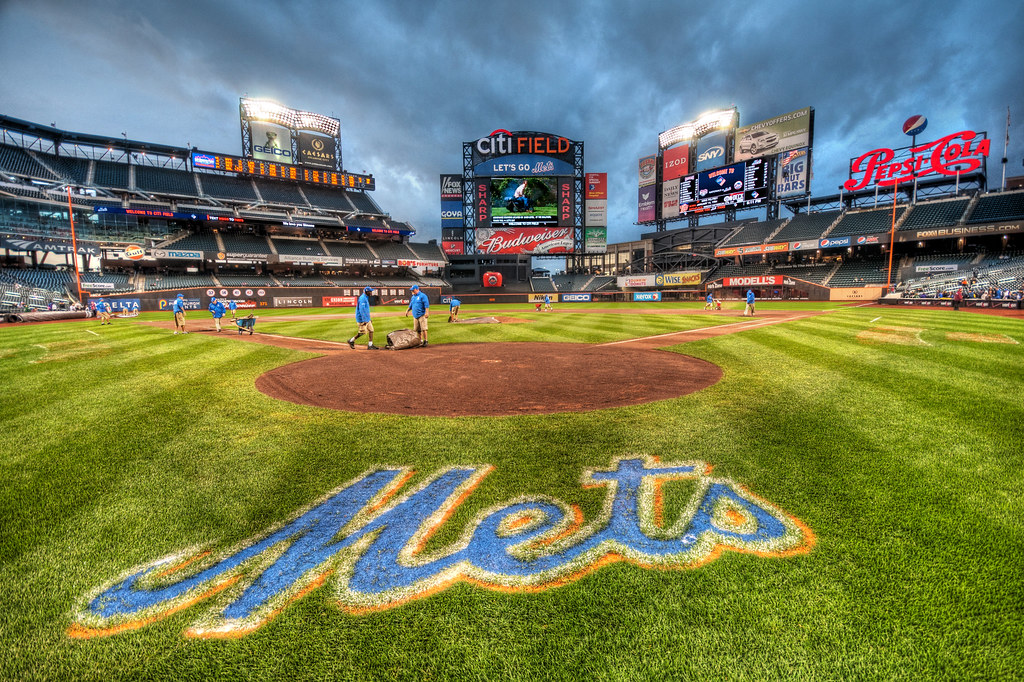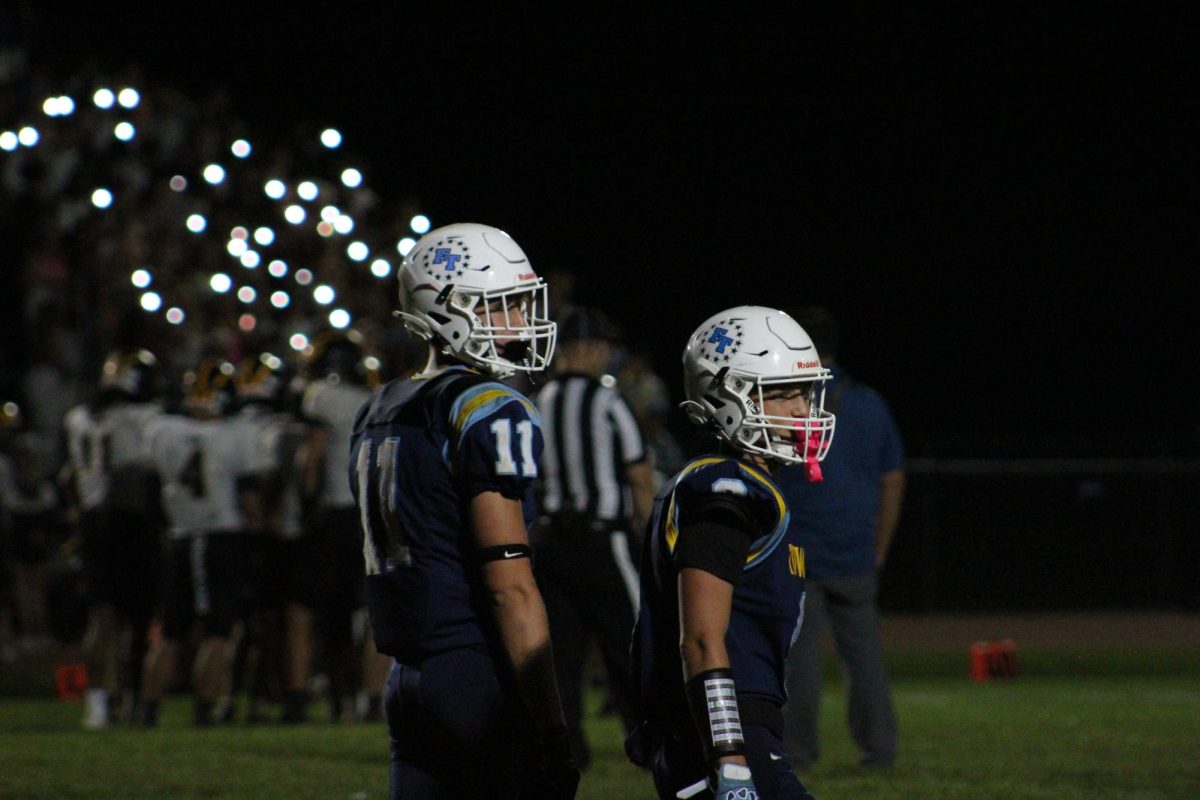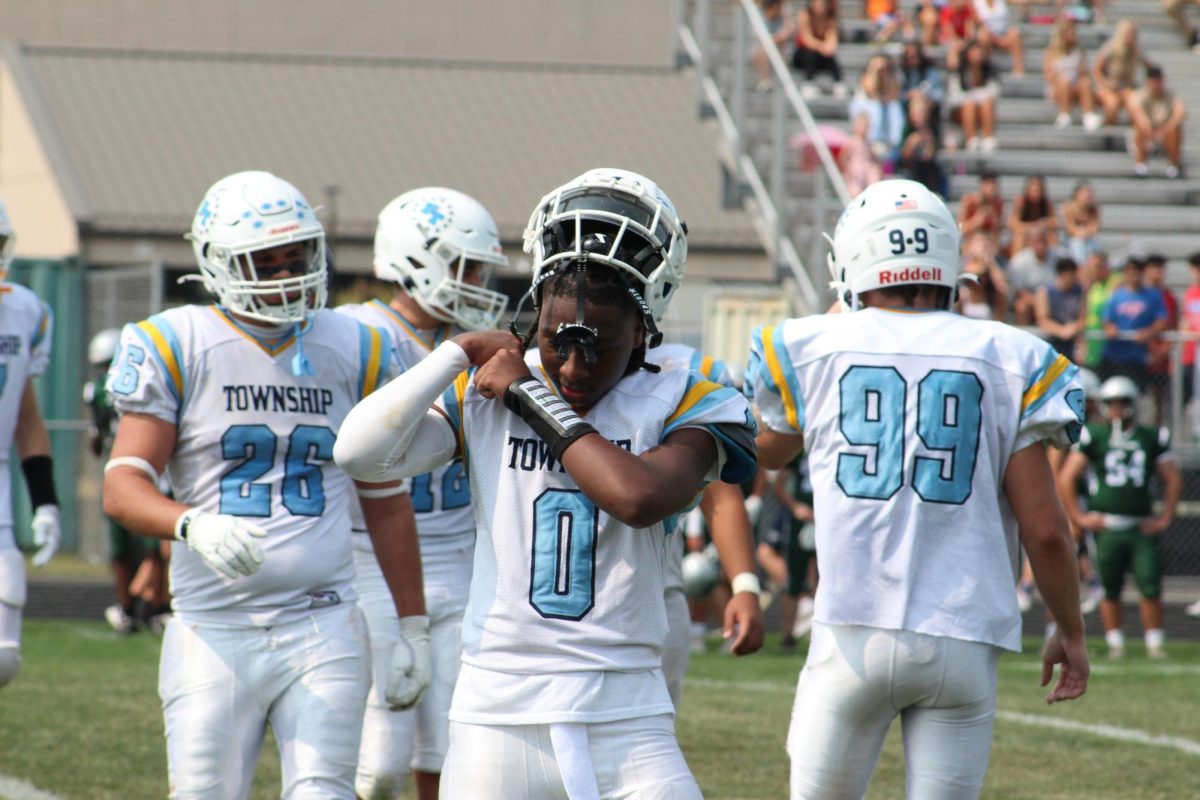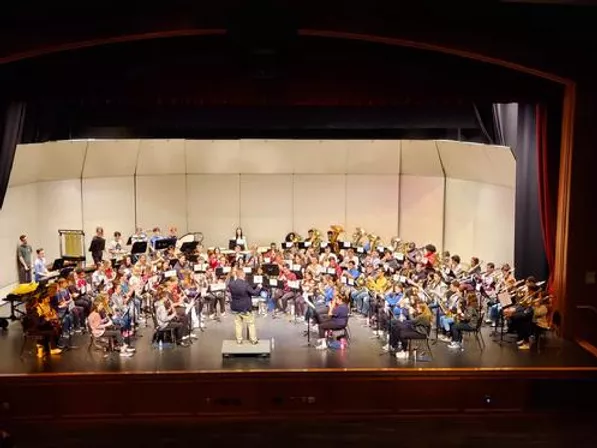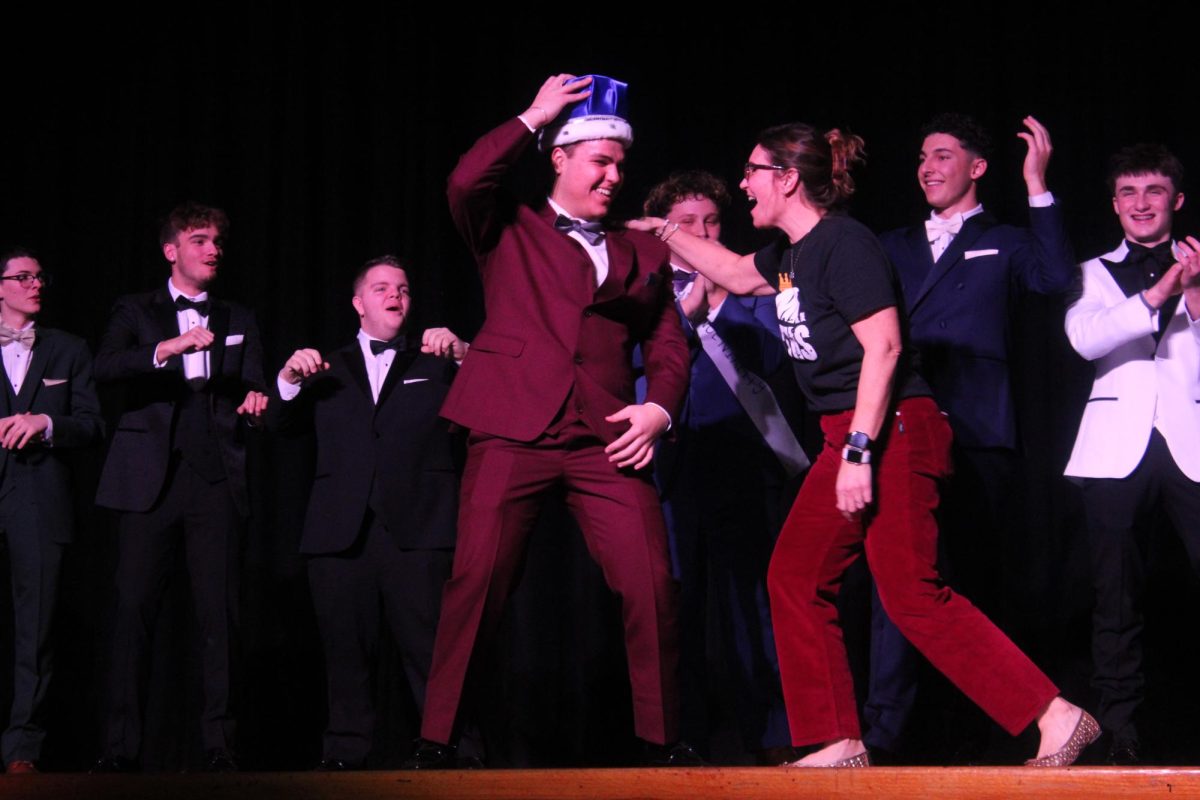
Michigan. Ohio. Two states that you may know for their great college rivalry. The “Game”, as it’s called, in 2024, saw the Michigan Wolverines once again defeat The Ohio State Buckeyes for the fourth straight year. But how did this rivalry come to be anyways? Well turns out, this rivalry started all the way back to the year of 1835, where a small strip of land would turn out to be the catalyst for this deep, and even deadly rivalry: Toledo.
Context
Back in 1787, Congress drafted the Northwest Ordinance, which stipulated that 260,000 square feet of territory that had surrounded the Great Lakes would be formed as new states. Two of these states would be Ohio and Michigan, in which there would be a border that would split the two states as an “east and west line drawn through the southerly bend…of Lake Michigan,” which would end up intersecting with Lake Erie.
Only one problem: Best maps at that time showed the Lake Michigan tip being several miles from its true location(like always, every weird war always started with bad maps). The result of this would be putting a strip of land, now known as Toledo, to be put in Northern Ohio rather than Southern Michigan.
And once this discrepancy was found out in the 1810s, both states claimed that strip of land to be theirs. At this point, getting the land didn’t show dominance over states; instead, it was possibly a place to use as a valuable opportunity for trade since that village would grow to be a commercial hub, being helped by the Erie Canal. Yet both sides claimed it as theirs, so naturally, how would you think this situation would be solved?
Through War, Of Course
In 1835, 23-year-old Stevens T. Mason would enact the “Pains and Penalties Act,” which would send harsh fines and jail time for any Ohio officials who tried to exercise control over the divided territory. That act would soon escalate as Michigan officers went to Toledo and arrested many Buckeye individuals. Then, a Michigan militia leader named Joseph Brown led 60 of his men to intercept the Ohio border Survey Team. This day, April 26, would become known as the “Battle of Philips Corners” and the start of the Toledo War. While arrests were made, there was no bloodshed or injuries until July of 1835. Michigan sheriff Joseph Wood would enter Toledo to arrest an Ohio Partisan named Two Stickney. A scuffle broke out, and it led to Wood getting stabbed but surviving.
The incident then escalated when Ohio was going to hold a court session in Toledo to establish its rights. Michigan deployed 1,200 militiamen to prevent this, yet it was discovered that they had held the court at midnight and then fled the area to avoid deaths. It was at this moment that President Andrew Jackson and the federal government stepped in to finally put an end to this. After sending the Michigan governor out, the people immediately put him back. On December 14, 1836, Michigan reluctantly accepted a compromise that gave Ohio Toledo, and Michigan was compensated with 9,000 miles of land on the Upper Peninsula between Michigan and Lake Superior, known as the Yoop today.
Aftermath
Even with no confirmed deaths and one injury, this event would be a major turning point in the relationship between the two states. The official dispute wouldn’t be truly resolved until a government survey was completed in 1915, which finally brought the case to a slow end. Both governors at that time shook hands and unveiled a plaque that commemorated this moment. Yet even then, the rivalry between Ohio and Michigan still lurks deep today. 1897 saw the first time these two main schools fought it out on the gridiron, with Michigan getting its “revenge” on Ohio State, 34-0. There have been 120 meetings between the two schools since, with Michigan being the leader with a record of 62-51-6 against Ohio State





